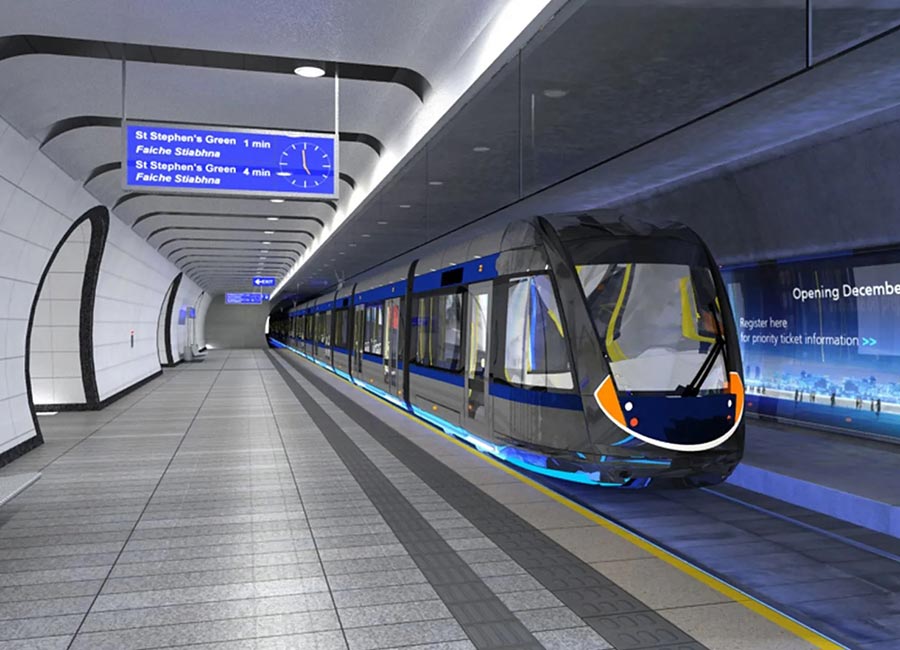The annual rate of inflation in property asking prices rose from 8.9% to 9.5% in the second quarter, but growth has started to cool outside of the major cities, according to Daft.ie.
The property website's Q2 analysis discloses that while annual asking price inflation in Dublin rose from 3.4% to 6.6% since January 2022, and price inflation in four other cities has more than doubled from 5.0% to 11.1% in that period, outside the cities annual price inflation has eased from 12.2% in Q1 2020 to 11.4% currently.
Prices in 53 of the 54 markets surveyed have risen in the past year, with Dublin 17 the only area where prices have fallen, and the national average price paid for a home is now €311,900.
South Co Dublin (€666,300) and south Dublin city (€470,700) are the most expensive areas to buy, ahead of Wicklow (€410,100) and north Dublin city (€393,200), with Leitrim (€174,700), Longford (€178,200), Roscommon (€187,500) and Sligo (€188,500) the least expensive, according to the analysis of asking prices advertised on the Daft website..
Supply in Dublin has risen 5% year-on-year, while in the rest of Leinster the number of available homes has risen 10.8% over the past 12 month, suggesting a corner has been turned in the greater Dublin area.
"The re-emergence of urban housing in both price and supply metrics suggests a normalisation of housing post-Covid-19 is well underway," said report author Ronan Lyons.
"The shift in housing demand by those capable of remote work looks largely complete. Over the last two years, prices in places like Wexford and Roscommon have increased by one third, while prices in Dublin increased by 'just' 15%.
"This in effect means that there has been a levelling off in overall inflation since the bottoming out of prices between 2012 and 2014."
The CSO measured the annual rate of growth in residential property prices at 14.2% in April.
+ Download the Daft.ie report here.
(Pic: Getty Images)











